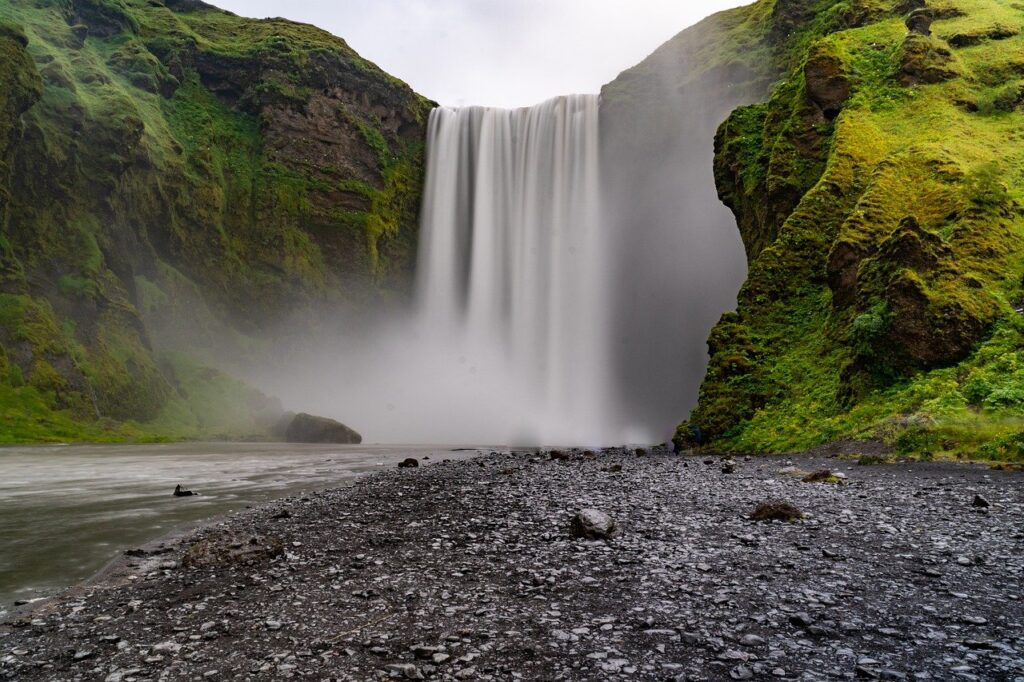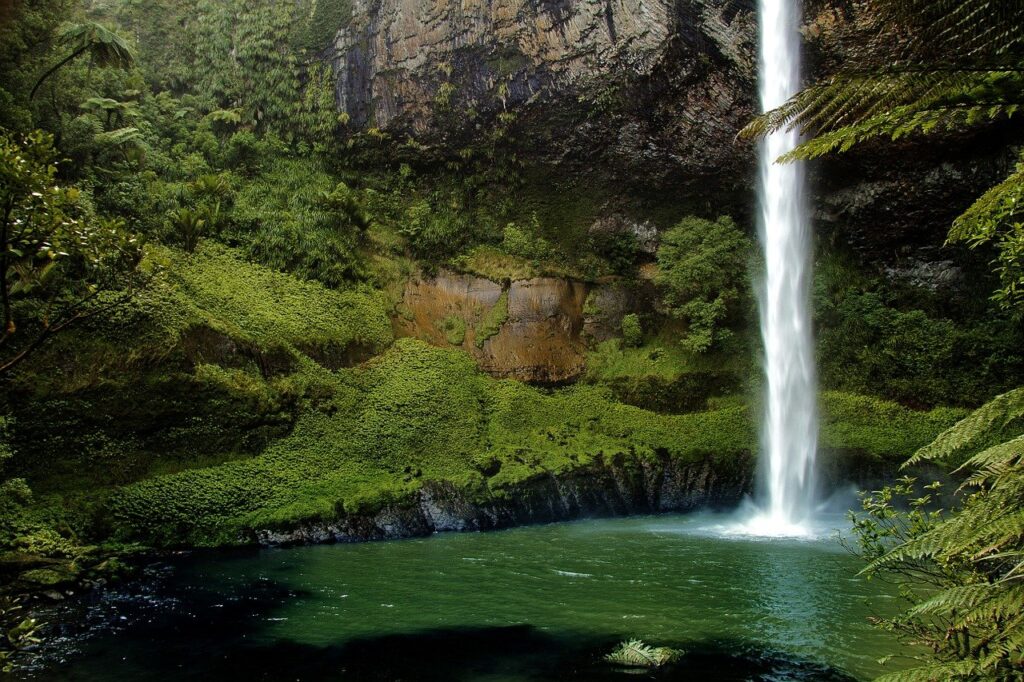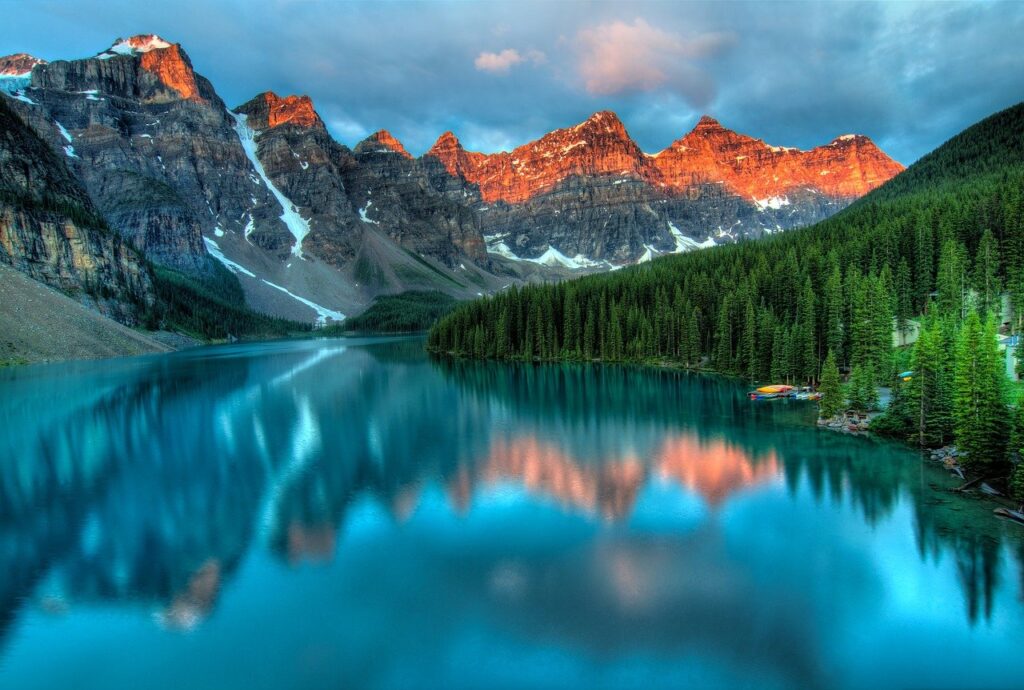Tips for Photographing Waterfalls
Most landscape photographers, including myself, enjoy photographing massive, thunderous, raging waterfalls, quiet little babbling brooks, and everything in between. However, photographing them successfully is not always easy. Here are some pointers that I constantly remind myself and tour participants while on the road:
Use a Polarizer

A circular polarising filter can enhance almost any stream or waterfall scene. It reduces glare and increases saturation when working with wet foliage, reduces glare on wet rocks, and can reduce unwanted reflections in water caused by bright patches of sky overhead. A circular polarising filter also prevents two stops of light from reaching your sensor, which can be extremely useful if you want to slow down your shutter speed but equally as bad if you want to speed up your shutter speed due to foliage blowing around in the wind.
Related: Best Jokulsarlon Photography Tips and Ideas
Experiment with Shutter Speed

When discussing stream and waterfall photography, many people may suggest doing whatever it takes to obtain a very slow shutter speed. While this soft, milky effect is often quite nice, I find that viewers, especially non-photographers, may relate to an image better if there is some detail in the water. Depending on the situation, I find the sweet spot to be between 1 second and 1/8 second. When photographing a scene with very fast-moving water, I find myself on the shorter end of that spectrum, and when photographing a scene with very slow-moving water, I find myself on the longer end of that spectrum.
I’m on the longer end of the spectrum, sometimes going as long as 2-4 seconds while still retaining detail in blurred water. Of course, nothing is black and white. There are numerous exceptions. When photographing a swirling eddy in a stream, for example, 30 seconds may not be long enough. Alternatively, when photographing extremely violent whitewater, one may discover that freezing the action with a fast shutter speed is preferable. Tiny adjustments can make or break a photograph, so it’s important to experiment as you learn how to choose the best shutter speed.
Get Wet

Put on your ultra-wide-angle lens and get right in the water if you want a dramatic, in-your-face perspective. There can be a significant difference between standing in a scene and standing next to it, on the outside, looking in. Entering a scene places your audience right there with you. This is almost always a good thing!
When entering the water, there are several safety precautions to take. Be cautious of slipping rocks and swift currents that could sweep you off your feet. If you have any doubts about your ability to stand in rushing water, the answer is simple: don’t do it.
It is also important to keep your polarizer or front element dry. To blast water droplets off my lens, I use a Rocket Blower. If that doesn’t work, a gentle wipe with a microfiber lens cloth will.
Take Your Time and Pay Attention to Your Surroundings

When photographing a beautiful stream or waterfall, it is all too easy to focus on what appears to be the most interesting or important feature in any given scene. While this approach does work at times, it frequently results in simple, straightforward, and obvious compositions, which can be nice but can also become boring after a while.
Take a look at the image below. On this particular day, I spent two hours photographing this stream and a beautiful waterfall a few hundred yards upstream, followed by an hour photographing a beautiful waterfall a few hundred yards upstream. After spending several hours photographing the most obvious scenes and starting my hike back to the trailhead, it occurred to me how beautiful that neon green forest was when looking downstream – and that I should find a way to include it in my photograph.
Go Back, Often
Return visits to familiar locations have resulted in the majority of my favorite waterfall and stream images. When trying to create compelling imagery, there is a lot to be said for being familiar with any particular stream or waterfall. You will undoubtedly be able to move more quickly in rapidly changing conditions if you know every bend of a stream like the back of your hand. It’s also a good idea to revisit the same scenes at different times of the year or with different water flow because these ephemeral changes can provide new photographic opportunities that weren’t previously available. This principle is applicable to most landscape photography, but it is especially important when working with water features of any kind.
With streams flowing high and neon spring greens just around the corner, it’s almost prime time for stream and waterfall photography – good luck out there!
Note: If you want to make some adjustments to the photo just let me know. I can do it for you at a very low cost. You can hire me to edit your photo.
latest post
- Best AI tools for Facebook Ads
 If you’re seeking to improve your Facebook advertising strategies, Birch or Revealbot, AdEspresso by Hootsuite, and Zalster are exceptional AI tools that enhance efficiency and maximize ad performance.
If you’re seeking to improve your Facebook advertising strategies, Birch or Revealbot, AdEspresso by Hootsuite, and Zalster are exceptional AI tools that enhance efficiency and maximize ad performance. - Photo Editing Mistakes
 Excessive editing, Oversaturating colors, Blurred images, Too much HDR and Overdoing filters and effects are some of the top photo editing mistakes to avoid for crafting stunning pictures.
Excessive editing, Oversaturating colors, Blurred images, Too much HDR and Overdoing filters and effects are some of the top photo editing mistakes to avoid for crafting stunning pictures. - Best AI tools for lead generation
 Explore Customers.ai, Instantly, Seamless.AI, and LeadIQ are some of the best AI tools for lead generation as they provide you with client’s details for closing deals. Uncover its key features, affordable pricing, and customer reviews.
Explore Customers.ai, Instantly, Seamless.AI, and LeadIQ are some of the best AI tools for lead generation as they provide you with client’s details for closing deals. Uncover its key features, affordable pricing, and customer reviews. - Benefits of Digital Business Cards
 What is a digital business card? Discover the benefits of digital business cards and how to create digital business cards suitable to your professional image and networking efforts.
What is a digital business card? Discover the benefits of digital business cards and how to create digital business cards suitable to your professional image and networking efforts. - Best web design companies in TrivandrumRainx LLP, Oregon Technologies, Redwet Solutions, and Globify Digital Solutions are among the best web designing company in Trivandrum, specializing in website development.








